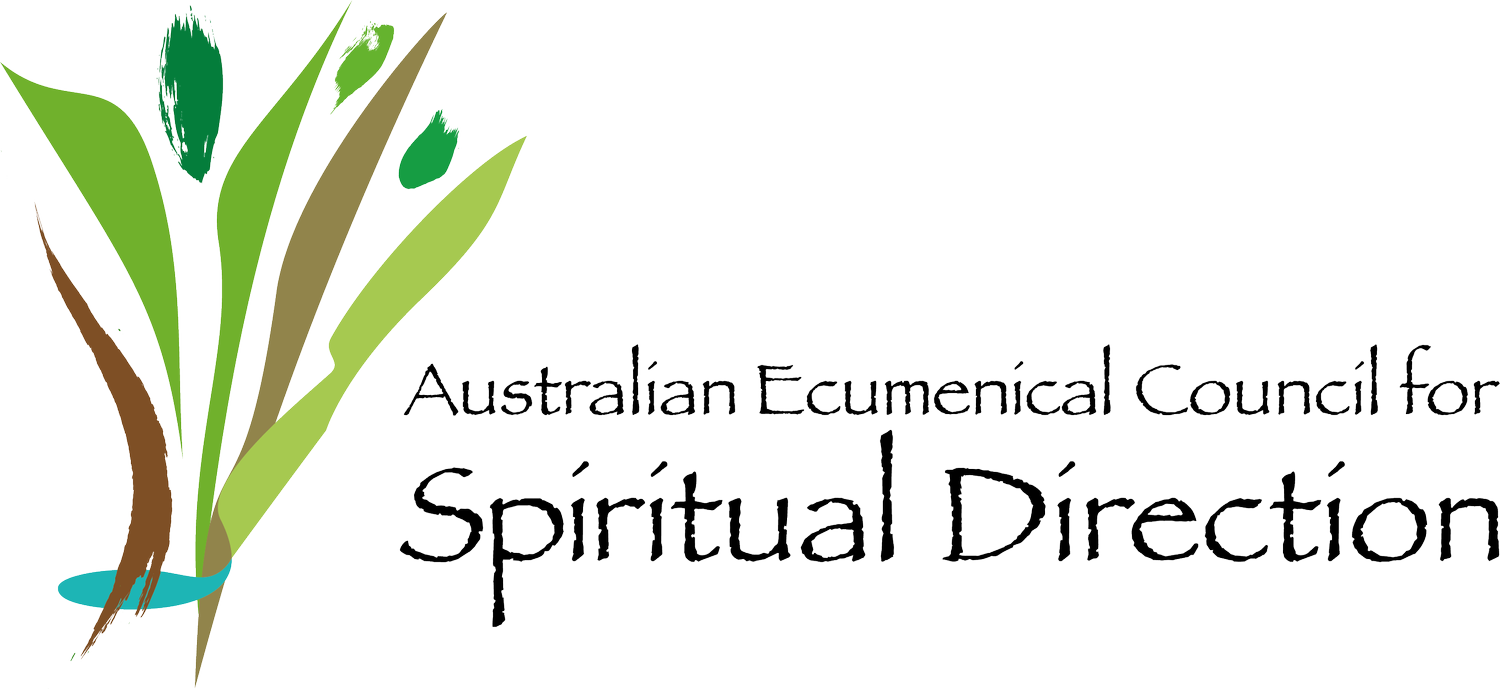Report on the Gathering
Christine Faragher
The dining room was crowded and there were few seats left when I took my place at the table, among people I barely knew. There was no place set at the table, but within moments I had everything I needed – a fork, knife, serviette, bread and butter plate, a bowl of salad and a glass and drink miraculously appeared. I felt welcomed at the table and went on to share in meaningful conversation with those around me, discovering again the very essence of the spiritual direction experience.
For me, that moment sums up the inaugural gathering of the Australian Ecumenical Council for Spiritual Direction. A gathering where hospitality, collegiality, expectancy and generosity combined to create what one person described as “an event of grace and a work of the Spirit” where those involved in the ministry of spiritual direction but from a variety of traditions met together to create a “culture of conversation”.
More than 200 delegates from around Australia met for the inaugural gathering of the newly formed Australian Ecumenical Council for Spiritual Direction (AESCD). Held at Trinity College , at The University of Melbourne from 30 June till 2 July this gathering was the culmination of several years of work by a steering committee and then an interim council.
The conference commenced with a “smoking ceremony” in which the gathering acknowledged the indigenous people on whose land they were meeting. Delegates walked through the smoke of the fire as the proceeded to the first formal gathering of the conference.
The inaugural president of the council, Philip Carter , welcomed delegates to “this great event of the Spirit in the life of the country” before those gathered shared in a prepared liturgy and listened to an opening address by Professor James Haire, President of the National Council of Churches in Australia and Director of the Centre for Christianity and Culture in Canberra.
Professor Haire acknowledged the historic nature of the occasion before speaking to delegates about the spirituality and faith contexts within which they operate. In a wide-ranging exploration of key issues in the development of Christianity and Spirituality Professor Haire articulated significant differences in cyclic and word-based cultures and the implications of this for developments in spirituality.
The launch of the AECSD followed with Brian Gallagher, a council member, encouraging delegates to rejoice and be glad in this occasion where “for the first time in history we’ve gathered as one”. Philip Carter also addressed the gathering and spoke of creating a culture of conversation. He articulated some of the key purposes of the council, and described the gathering as “an event of the Australian Church ”.
In a simple but moving ceremony the members of both the interim and the present council were called forward and passed a lighted candle housed in a multi coloured lantern from one to another in what was described as “a very special moment – a celebration of grace”.
The work of those who had contributed to the present event was acknowledged before Professor Haire handed each council member a copy of the council’s mission statement, and as President of the National Council of Australia launched the new council. Prolonged and warm applause followed as this ground breaking event was celebrated, before delegates met at Trinity College to continue celebrations with a festive meal.
The members of the council are Philip Carter , Frank Daniels, Lynette Dungan, Brian Gallagher, Anne Lane , Jill Manton , Ruth Morgan, Robin Pryor , Beth Roberton, Elaine Smith , John Stewart, and Stephen Truscott. The members are drawn from a number of traditions including Anglican, Baptist, Catholic, Uniting Church and The Salvation Army.
On the Saturday delegates were privileged to enjoy presentations by Denis Edwards (Discernment in Spiritual Direction), Linda Walter (Conversion and Transformation in Spiritual Direction) and Eileen Glass (The Prophetic Dimension in Spiritual Direction). Time, both in these sessions, and outside of them, was also given for reflection and interaction, which was appreciated by delegates.
On the Sunday morning delegates again enjoyed thoughtfully prepared liturgy, which had a distinctly Australian focus before having the opportunity to meet in already established Spiritual Direction Networks. A final gathering allowed for participants to interact with the council through question and discussion, and a greeting was brought from Spiritual Director’s International by …..
The mission of the AESCD is to serve the spiritual direction community of Australia by supporting and fostering the prophetic dimension inherent in the ministry of spiritual direction, which calls attention to the presence of God in all of life. The council believes that this calls for a practical lived response to the presence of God in ways that are just, reconciling and healing for all people and the whole of creation.
The key ways in which the council works towards this goal is through the setting of standards for formation programs, promoting ethical guidelines, supporting associations of directors, providing opportunities for conversation among formators, and encouraging the ongoing development of spiritual directors.
